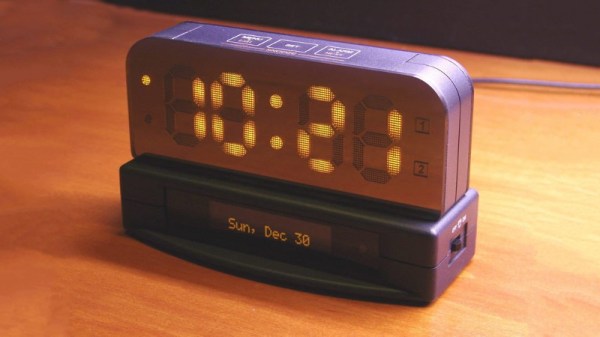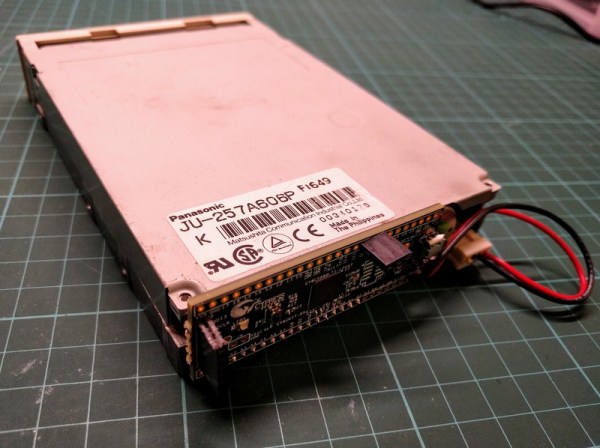For one reason or another, a lot of us have a bunch of 18650 cells sitting around. Whether they’re for flashlights, our fancy new vape pen, remote controlled toys, or something more obscure, there is a need to charge a bunch of lithium ion cells all at once. This project, by [Daren Schwenke], is the way to do it. It’ll charge ten 18650 cells quickly using a stock ATX power supply and less than twenty bucks in Amazon Prime parts.
The idea began when [Daren] realized his desktop lithium ion charger took between 4-6 hours to fully charge two 18650 cells. With a Mountainboard project, or a big ‘ol electric skateboard waiting in the wings, [Daren] realized there had to be a better solution to charging a bunch of 18650 cells. There is, and it’s those twenty bucks at Amazon and a few 3D printed parts.
The relevant parts are just a ten-pack of 18650 cell holders (with PC pins) and a ten-pack of 5V, 1A charging modules (non-referral Amazon link, support truly independent journalism) meant to be the brains of a small USB power bank. These parts were wired up to the 5V rail of a discarded ATX power supply (free, because you can scavenge these anywhere, and everything was wrapped up with a neat little 3D printed mount.
Is this the safest way to charge lithium ion cells? No, because you can build a similar project with bailing wire. There is no reverse polarity protection, and if there’s one thing you never want to do, it’s reverse the polarity. This is, however, a very effective and very cheap solution to charging a bunch of batteries. It does what it says it’ll do, nothing more.


















